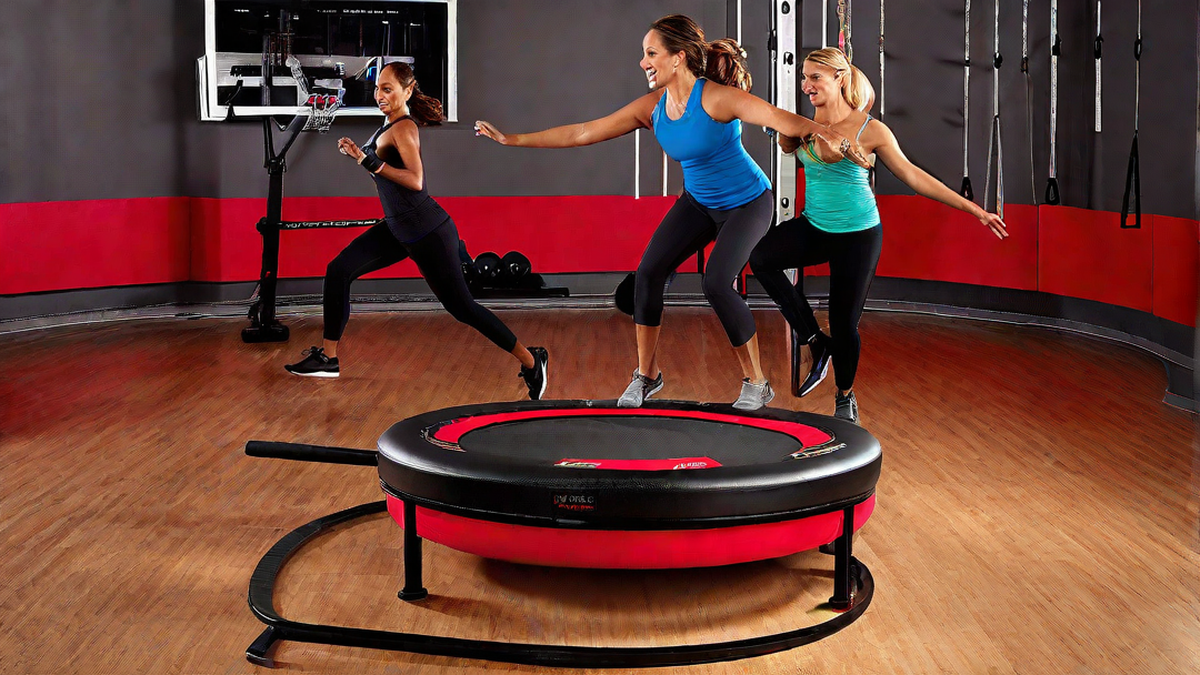Running on a rebounder, also known as a mini trampoline, has gained popularity as a form of exercise in recent years. As someone who enjoys staying active and trying new workouts, I was curious to explore whether running on a rebounder is truly a good exercise. After conducting thorough research and personal experience, I can confidently say that running on a rebounder offers numerous benefits for both beginners and fitness enthusiasts.
The Benefits of Running on a Rebounder
One of the key advantages of running on a rebounder is its low impact nature. Unlike running on concrete or even a treadmill, the trampoline’s springy surface absorbs much of the shock from each step, reducing stress on the joints and minimizing the risk of injury. This makes it an excellent option for individuals with joint issues or those recovering from injury.
Another benefit of rebounder running is its cardiovascular benefits. Engaging in aerobic exercises, such as running, helps improve cardiovascular health by increasing heart rate and improving lung capacity. The rebounder adds an extra challenge to running, as it requires more effort to maintain balance and stability with the added springiness of the surface. This increased effort can result in a higher calorie burn and improved fitness levels over time.
Additionally, running on a rebounder engages muscles throughout the entire body. The bouncing motion activates muscles in the legs, core, and even the arms as they naturally swing with each stride. This full-body workout helps to strengthen and tone muscles, providing a more comprehensive fitness routine compared to traditional running.
Tips for Running on a Rebounder
Before hopping onto a rebounder and starting your running routine, there are a few tips to keep in mind:
- Wear comfortable and supportive athletic shoes to provide stability and reduce the risk of slipping.
- Start with a warm-up to prepare your muscles for the workout. This can include dynamic stretches and light jumping jacks.
- Begin your rebounder run with a slow and steady pace. Focus on maintaining proper form and balance as you get accustomed to the bouncing motion.
- Gradually increase your speed and intensity as you become more comfortable. Listen to your body and adjust accordingly.
- Consider incorporating interval training into your rebounder runs. Alternate between periods of high-intensity sprints and recovery periods of slower jogging or walking.
- Don’t forget to cool down and stretch after your workout to prevent muscle soreness and aid in recovery.
Conclusion
After diving deep into the world of running on a rebounder, I can confidently say that it is indeed a fantastic form of exercise. Its low impact nature, cardiovascular benefits, and full-body engagement make it a great option for individuals of all fitness levels. Whether you’re looking to improve your overall fitness, recover from an injury, or simply switch up your workout routine, running on a rebounder can be a fun and effective choice. So why not give it a try and bounce your way to a healthier you!

